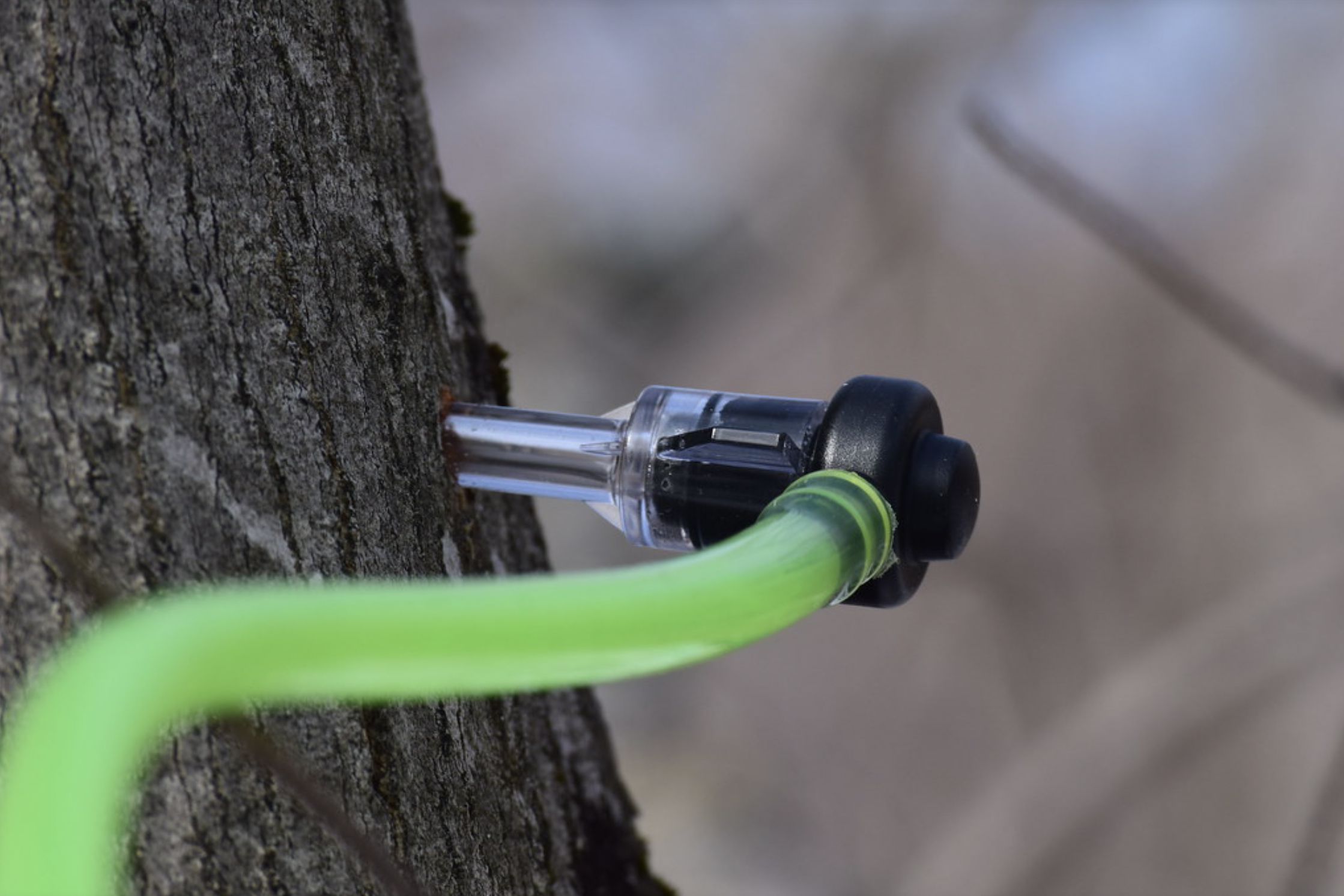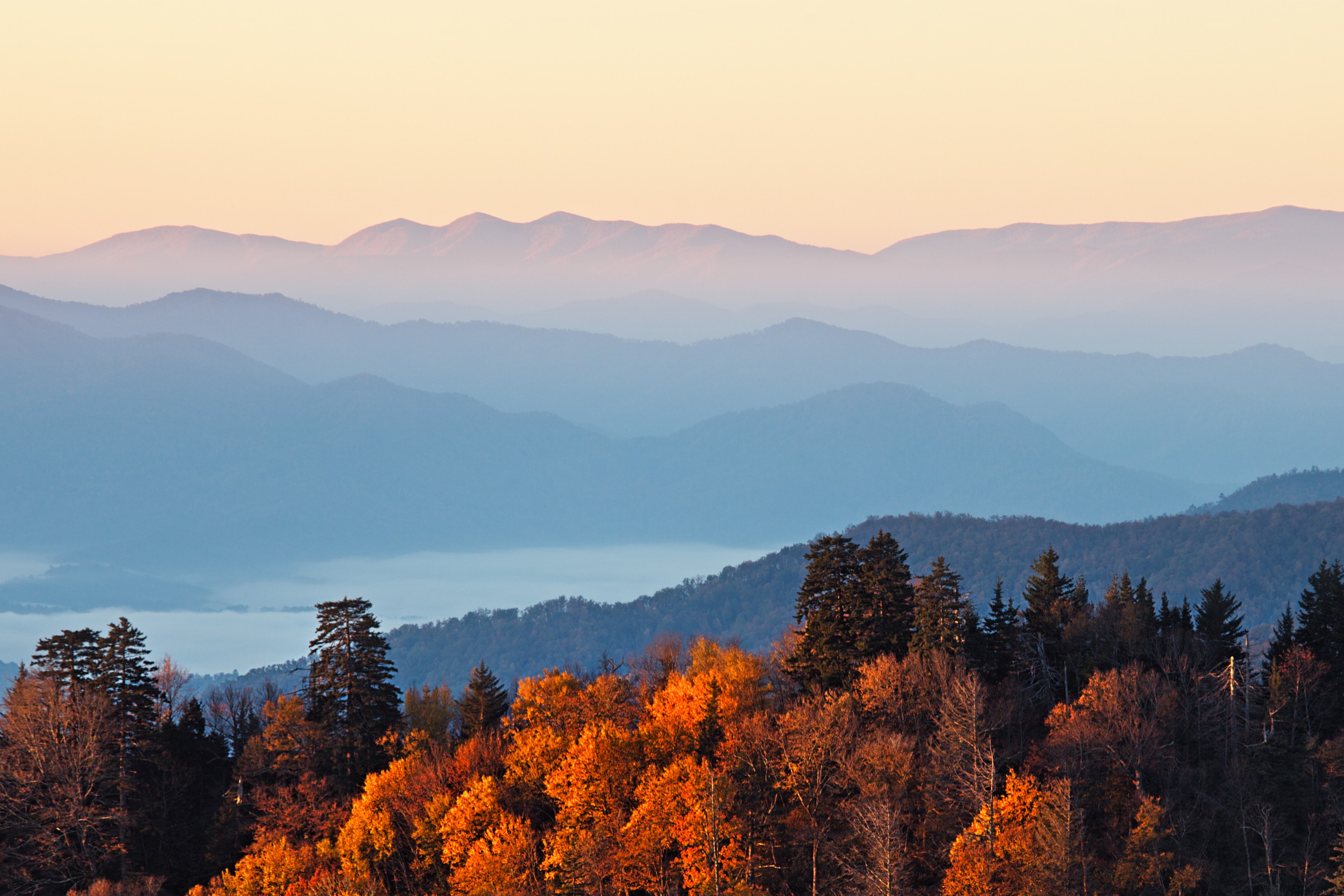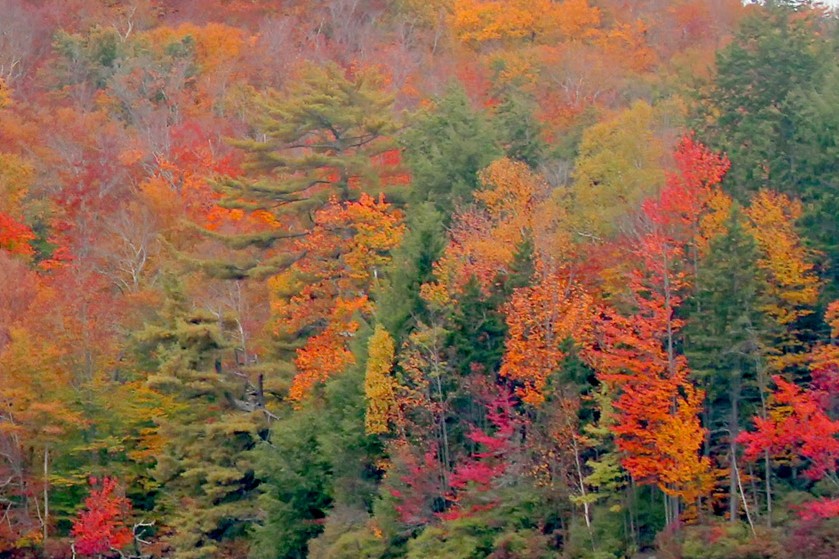
Forest Stewardship
LET’S TALK ABOUT TREES AND FORESTS
Forests are, without a doubt, the best carbon capture technology in the world. Forests sequester, or store, carbon mainly in trees and soil. When they perform photosynthesis, trees pull carbon dioxide out of the air, bind it up in sugar, and release oxygen, then use their sugar to build wood, branches and roots.
Wood is a very efficient carbon sink because it’s made entirely of carbon, it lasts for years as a standing tree, and takes decades to break down after the tree dies. While trees mainly store carbon, they release some carbon, such as when their leaves decompose, or their roots burn sugar to capture nutrients and water.
When trees die, it takes decades for the tree to rot. While it is slowly breaking down, the rotten tree is still keeping carbon out of the atmosphere. Carbon and other gasses within forests are captured and released on a cycle. Maple forest farming and conservation influences these cycles and enhances carbon sequestration and storage and contributes to the global ecosystem’s capacity to sequester and store carbon.
By conserving and managing forests for maple syrup production, the maple industry contributes to mitigate climate change in the most fundamental way — by sequestering and storing carbon. And the benefits of maple forest farming extend to people, families and communities in the form of economic, social and cultural benefits as well as ecosystem services.
Read more: How Forests Store Carbon
Source: Giesting, K. 2020. Maple Syrup. USDA Forest Service Climate Change Resource Center. www.fs.usda.gov/ccrc/topics/maple-syrup and https://www.fs.usda.gov/ccrc/topics/maple-syrup



